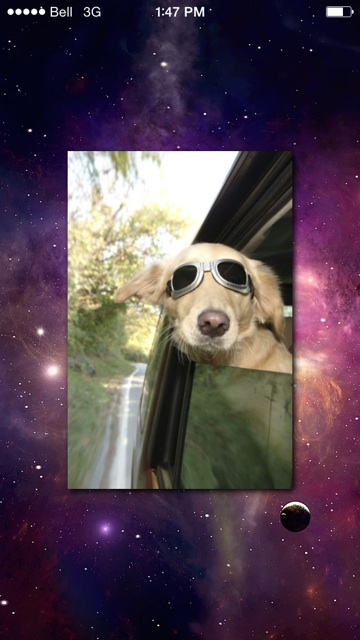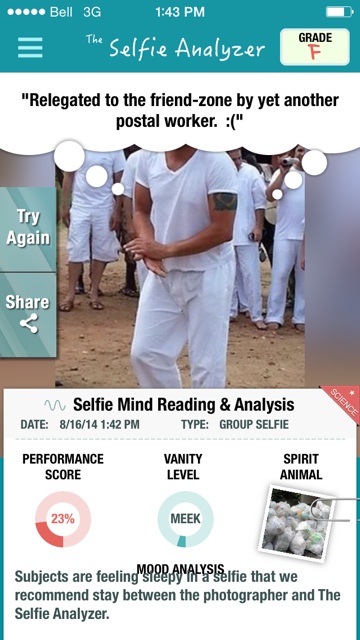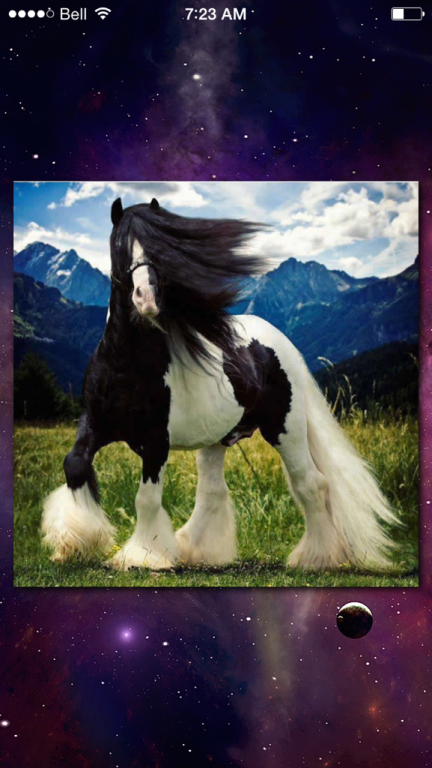I’m always amazed at the difference Netflix has made to the experience of watching television. I remember as a child having to wait a whole week to watch an episode of a show I liked. And if I had to miss it, I had to wait for a rerun, at least until recording devices came along. Netflix-created shows, such as Orange is the New Black and House of Cards, has really changed the viewing experience by releasing the entire season at the same time. Netflix understands people like to binge watch and will devour an entire season within days. Here are some of the main differences:
The spoilers! If you watch TV like me it will take months to finish a season of something. This means I run the risk of having something ruined. My friend and I watch Orange is the New Black together whenever our schedules coincide. Consequently, we’re only on episode 12. Recently my friend told me she overheard some girls talking about Orange on the bus and had to cover her ears so she wouldn’t hear anything. Spoilers can also come in the form of social media, such as tweets, so it can be hard to avoid them sometimes.
It’s not an established event anymore. Before Netflix, I can recall having set dinner/TV dates with loved ones to watch an episode together. Even though I do this with my friend to watch Orange, it’s usually done on an informal and ad-hoc basis. It ceases to be an event the same way it feels to watch the Oscars or tournament games.
The discussion is missing! It’s difficult to discuss binge-watched shows because everybody is likely at a different point in the story. And since it’s the first time they’re being aired…
Everything blurs together. I sometimes find it hard to keep the episodes straight when I watch so many continuously. Without a week off in between episodes, my brain doesn’t have any time to process what happened either by spending time thinking about it or by discussing it with others (see previous point). Before Netflix, binge watching was strictly for reruns, meaning that episodes had been seen at least once before.
It’s interesting to observe how our viewing behaviors have changed and how many other aspects of watching TV have also been affected with unlimited opportunities for binge watching.












